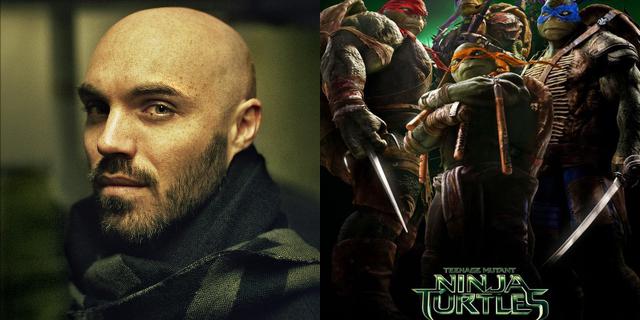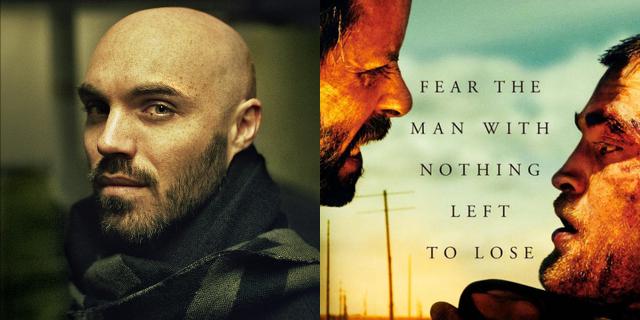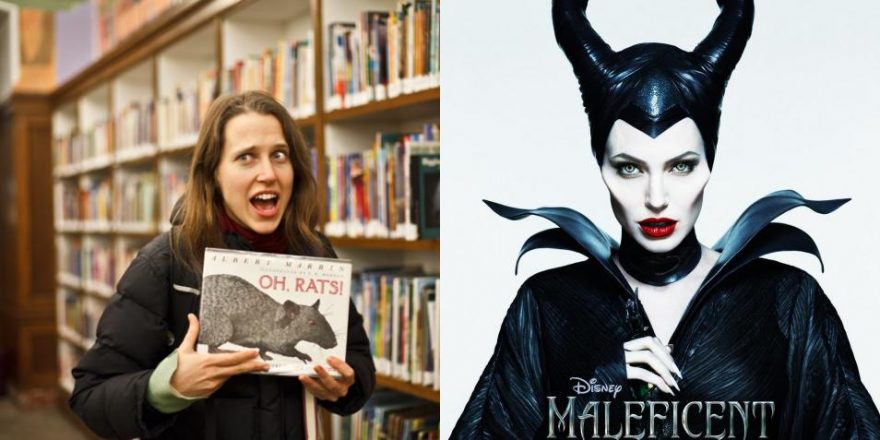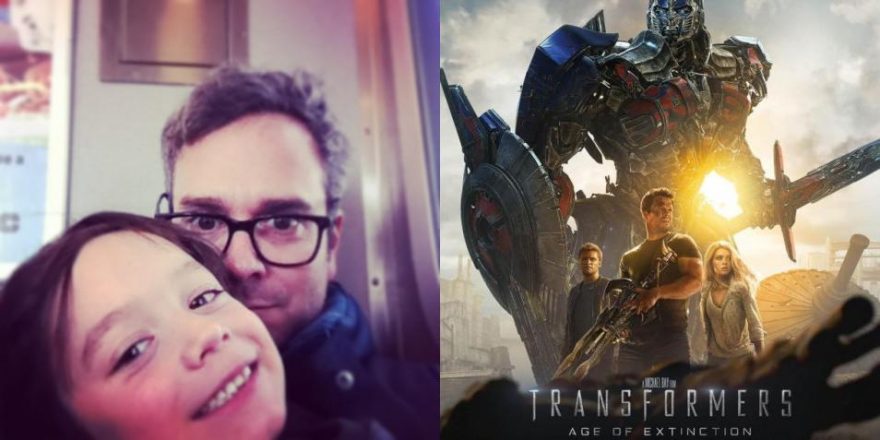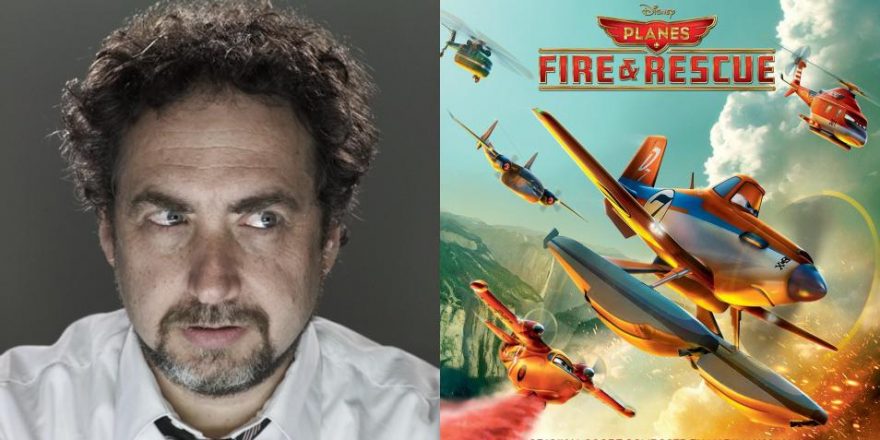I have espoused again and again my belief that children not only deserve smart, literate entertainment, but that they want it; that kids are smarter than adults give them credit for being, and that the movies made for them should reflect this; that the best kids’ films are the ones that grow with us as we get older. I still hold this all to be true. However, after seeing the new Teenage Mutant Ninja Turtles film, I’ll add to it this sad-but-truism: kids have shitty taste.
That is a somewhat reductive way of saying that one’s palate for entertainment hasn’t fully formed at a young age, and also that one is a bit easier to please. Nonetheless, the basic syllogism which proves that kids love terrible things has been put to the test time and time again, and will be demonstrated once more by Teenage Mutant Ninja Turtles, which was this weekend the number-one movie at the U.S. box office and will likely spawn a sequel. This isn’t a case of there being insufficient family fare at the box office; as of this writing, the perfectly charming Guardians of the Galaxy is only a week old. The truth is that kids actually like this garbage, and what this review presupposes is: maybe that’s not such a bad thing?
But wait — did I play my critical hand already and call the movie garbage? Let me be clear: I actually wanted to see this movie. I didn’t expect it to be good, but I had a Pavlovian desire to see it. Like many of my generation, I was obsessed with the Ninja Turtles as a child, enough so that the prospect of seeing those once-beloved characters on the big screen again exerted an intractable appeal over me — this in spite of the red flags planted firmly in the brand by producer Michael Bay and director Jonathan Liebesman. I learned in the trades this morning that my own valuable demographic has actually been given a label by Paramount’s marketing team, a categorization that is as admirably on-the-nose as possible: we are “The Nostalgics.”
This puts me at a disadvantage when I say that the new TMNT is terrible, a cacophonous mess, bereft of all but the most strained wit and burdened with leaden exposition (most of the movie is comprised of characters explaining everything in great detail to each other, from the Turtles’ origin, which we get twice, to the particular specifics of how Will Arnett gets a new car after his news van is destroyed in action) and a narrative as anonymous as it is shapeless. Such criticism, coming from a “Nostalgic,” reduces me to a whiny grownup who just wishes things could be the way they were when he was young. How can I grumpily compare the spastic and incomprehensible CGI action sequences to video games when I don’t even play video games?
In pursuit of some sort of relevant stance, I decided to return to the original 1990 Ninja Turtles movie for the first time in decades. The original film was directed by Steve Barron and featured state-of-the-art Turtle suits from Jim Henson. It was notable for being dark and moody; too dark, parents supposedly claimed, but what did they know? That was what made it awesome. And as it turns out, it’s still kind of awesome. It knows what it is, and doesn’t attempt to posture for the sake of anyone who doesn’t already understand it to be the coolest thing ever. I was its target audience when I was 9; now, at 33, I recognize it as a pretty fun kids’ movie. It’s dated on a technical level, but as far as basic storytelling goes, it is objectively superior to the film that is currently in theaters. In addition, it has one spontaneously delightful gag in which two of the Turtles hum “Taps” to a moldy pizza, that made me laugh out loud. Maybe you have to see it to get it, but in all honesty I’m laughing again now just thinking about it, which is far more than I can say for any of the humor in the new picture.
Does this prove my point, then? Were things actually better back then? Would kids be better off watching entertainments of yesteryear than this current drivel? I wish I could say yes, but…
…I also went back and re-watched Teenage Mutant Ninja Turtles II: The Secret of the Ooze, which came out in 1991, and is cheaper, dumber, more pandering and altogether worse than the original. I’d say it’s still better than the new movie, but that’s where nostalgia starts to make things murky. Suffice to say, it is not a good movie. Watching it now, I feel great sympathy for my parents, sitting beside me at the theater, cringing at the bad puns and the annoying kid sidekick and the embarrassed adult actors spouting terrible dialogue and, of course, the Vanilla Ice dance number.
But back then? I didn’t just love it. I loved it more than the first one.
It hit all the right buttons, and I was as yet too uncultured to recognize the shoddiness that in retrospect makes the original film better. Until last night, I never once thought poorly on this sequel. It didn’t occupy any ignominious spot in my personal history. Rather, it was the basis for truly good memories of something that made me very happy indeed, and seeing it for what it actually is hasn’t changed that. Am I any worse off today for having loved that bad movie then? Aside from having been conditioned into wanting to see the new film, I would say no.
Here is a complementary memory I just unearthed: when I was 12, my dad took me to see Schindler’s List. My parents had talked it over, and I’d made my case that I could handle it. This was going to be a serious father-and-son moviegoing experience — but when we got to the theater, I balked. I decided I’d rather go see The Shadow, starring Alec Baldwin. For the third time. Is that movie any good? That doesn’t matter; it was the right choice. I would of course see Schindler’s List a few years later at a more appropriate age, and in the meantime Alec Baldwin’s brooding derring-do was everything I wanted out of a movie. I wouldn’t deprive my younger self of that, nor would I deprive the same child of The Secret of the Ooze. I know he gets to the really good stuff eventually.
So it is that I adjust my stance. Do I still believe kids should be raised on Miyazaki films and The Red Ballon? Certainly. I think they’ll enjoy them and be nourished by them, and when I endeavor to make a film for children, those will be the models I aspire to. But those same children will also probably love the new Teenage Mutant Ninja Turtles movie, and I’ve come to the conclusion that this is a good thing. It will speak to that universal synapse in youthful minds that delights in the basic concept of mutant turtles who are ninjas and also teenagers, and it will do so in the visual parlance of their generation. Parents will likely hate it, but so it goes. Their children will not come out of the film any worse for wear. They will, in fact, be better off, for having seen it and loved it their future memories of childhood will be all the rosier. They will associate this iteration of the heroes in a half-shell with good times once had. They may in their dotage go on opening night to see some future reboot of the property, and complain that the new turtles don’t hold a candle to the mutants of their youth — but that will be fine, because in their heart of hearts, the memories of this awful, repugnant, no-good, shitty movie will endure, untarnished and shining brightly.


